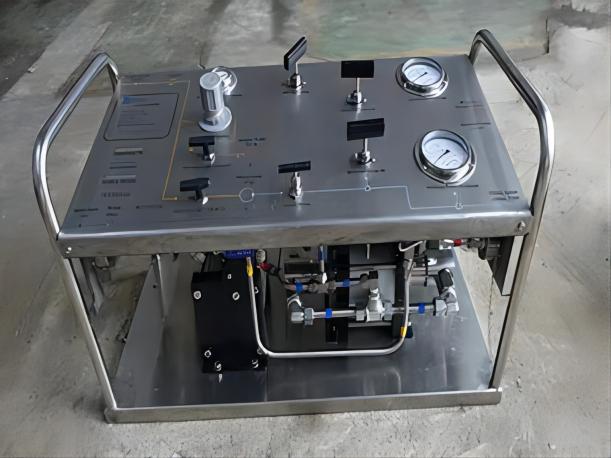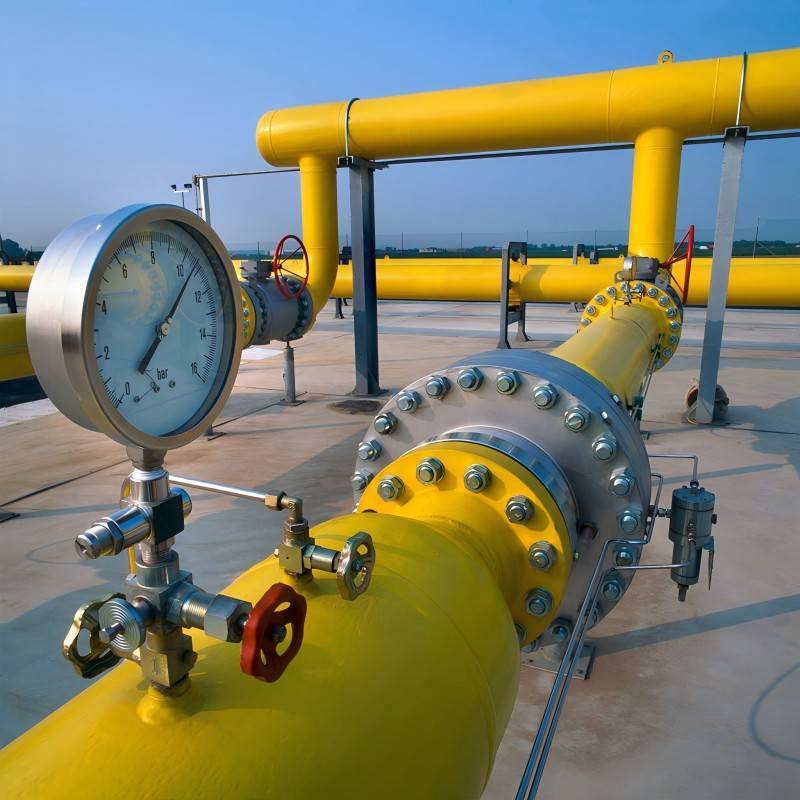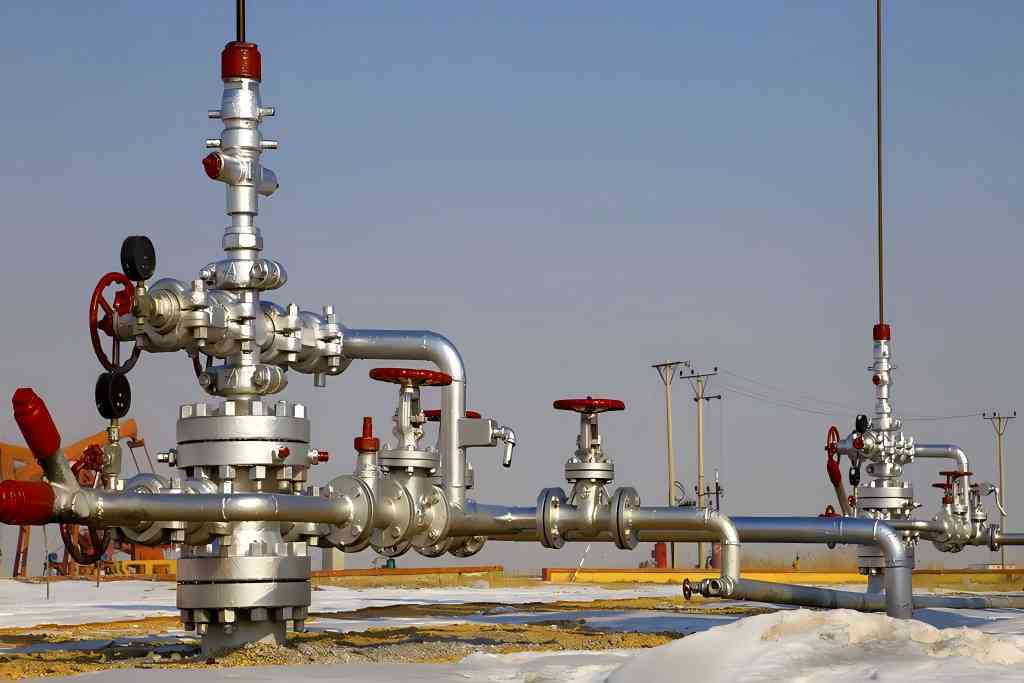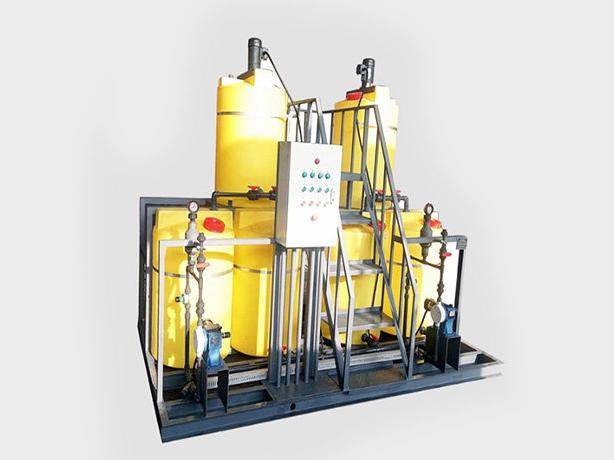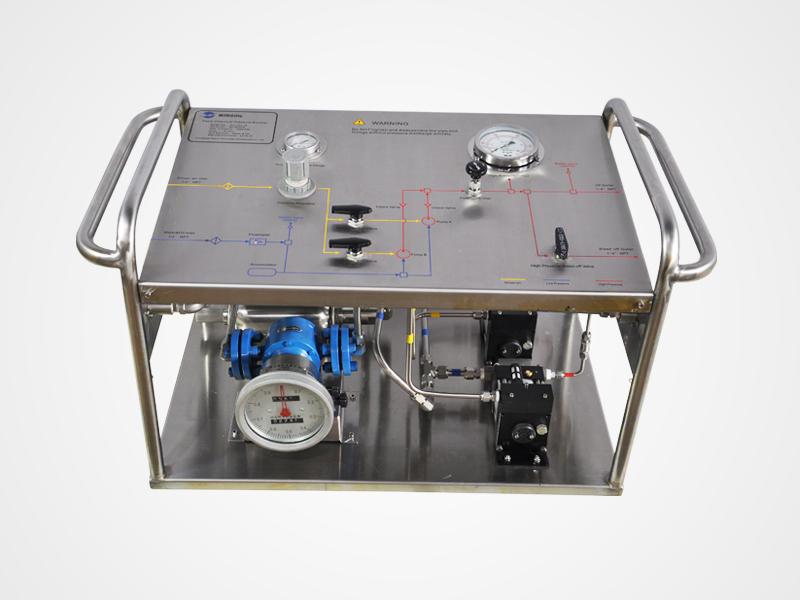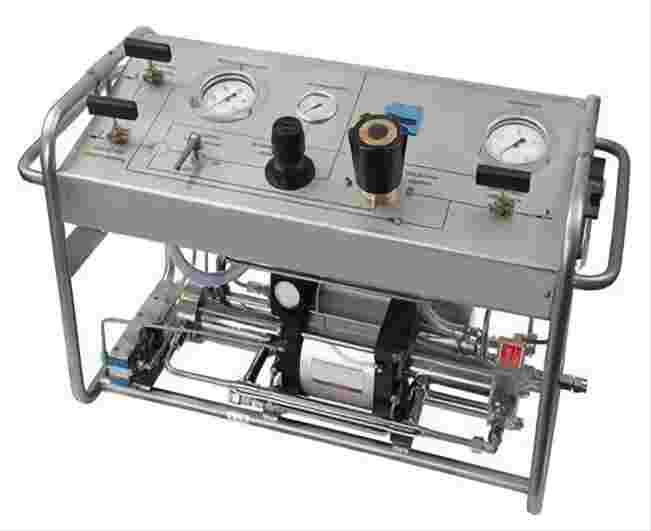3 Tips to Choose A Right Hydrostatic Test Pump
A short introduction to the hydrostatic test pump
A hydrostatic test pump is a type of pressure testing device used to evaluate the strength, integrity, and performance of various types of pipelines, hoses, and other types of pressurized systems. These pumps are commonly used in industries such as oil and gas, chemical processing, and manufacturing to ensure that systems are safe, efficient, and reliable.
Hydrostatic test pumps work by using water to apply pressure to the system being tested. The pump is designed to generate a specific level of pressure that is measured and monitored using specialized gauges and other types of instrumentation. This pressure is then maintained for a set period of time to ensure that the system can withstand the expected level of stress and pressure that it will encounter during normal operation.
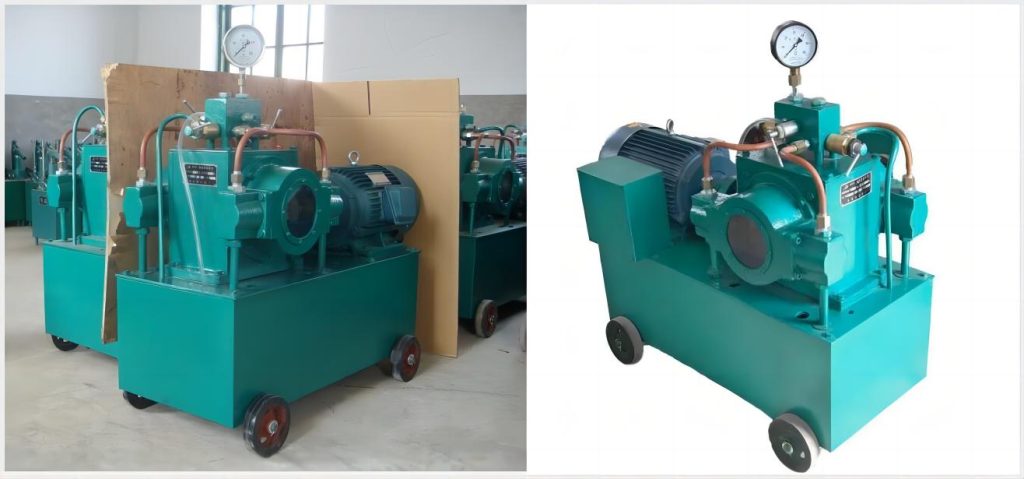
3 tips to choose a right hydrostatic test pump
Choosing the right hydro test pump is critical to ensure that the test is conducted accurately and safely. Here are three tips to help you choose a suitable hydrostatic test pump.
- Determine the Required Pressure Range
The first step in selecting a suitable hydrostatic test pump is to determine the maximum pressure required for the test application. This will depend on the type of equipment or system being tested. For example, if you are testing a pipeline that operates at a pressure of 500 psi, you will need a hydrostatic test pump that is capable of generating a pressure higher than this value.
When selecting a hydrostatic test pump, make sure to choose a pump with a test range that is suitable for the specific application. The test range of the pump should be specified by the manufacturer and can be found in the pump’s product literature or technical specifications.
It is important to note that the pressure rating of the pump is not the same as the test pressure. The pressure rating refers to the maximum pressure that the pump can handle, while the test pressure is the pressure required for the hydrostatic test. Make sure to choose a pump with a test range that is suitable for the specific application.
- Consider the Flow Rate
The flow rate of the pump is also important when selecting a suitable hydro test pump. The flow rate is the volume of water that the pump can deliver per unit of time, typically measured in gallons per minute (GPM). A higher flow rate will help to reduce the time required to fill the test piece and achieve the required pressure.
When selecting a hydrostatic test pump, make sure to choose a pump with a flow rate that is suitable for the size of the test piece and the desired test time. If the flow rate is too low, it may take too long to fill the test piece and achieve the required pressure. On the other hand, if the flow rate is too high, it may cause the test piece to fail or damage the pump.
It is also important to consider the type of fluid being used for the test. If the fluid is viscous or has a high density, a pump with a higher flow rate may be required to achieve the desired test pressure within a reasonable amount of time.
- Choose a Pump with Safety Features
Safety should always be a top priority when conducting hydrostatic testing. Look for a hydrostatic test pump that has safety features such as an automatic pressure relief valve, a pressure gauge, and a shut-off switch. These features will help to prevent over-pressurization and ensure that the test is conducted safely.
The automatic pressure relief valve is an important safety feature that helps to prevent the test piece from over-pressurizing. If the pressure in the test piece exceeds the set limit, the relief valve will automatically open to release the excess pressure.
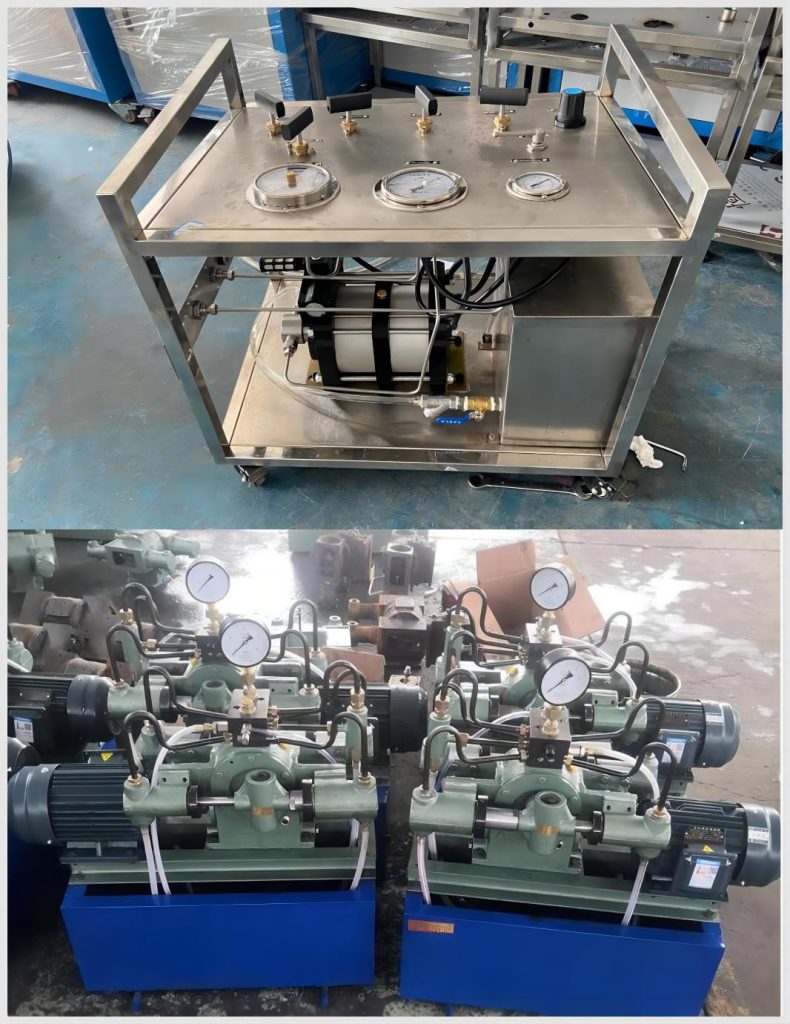
The pressure gauge is another important safety feature that allows you to monitor the pressure during the test. Make sure to choose a pump with a pressure gauge that is accurate and easy to read.
Finally, the shut-off switch is an important safety feature that allows you to turn off the pump quickly in case of an emergency. Make sure to choose a pump with a shut-off switch that is easy to access and operate.
Conclusion
Selecting the right hydrostatic test pump is an important decision that can have a significant impact on the safety, efficiency, and reliability of your operations. By following these three tips, you can choose a pump that meets your specific needs and provides reliable and consistent performance over the long term. Remember to carefully consider your needs, choose the right type of pump, and look for a high-quality, reliable pump from a reputable manufacturer, such as WINGOIL. If you are looking for a reliable hydro testing pump supplier, WINGOIL could provide high-quality service and products to you, and we also provide other types of test pumps, such as portable hydro test pumps, trolley hydro test pumps, mechanical injection pumps, and so on. If you want to get to know more details, please free fell contact us.

